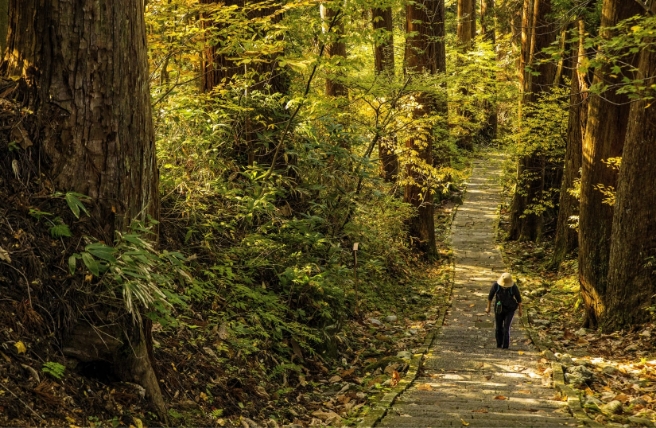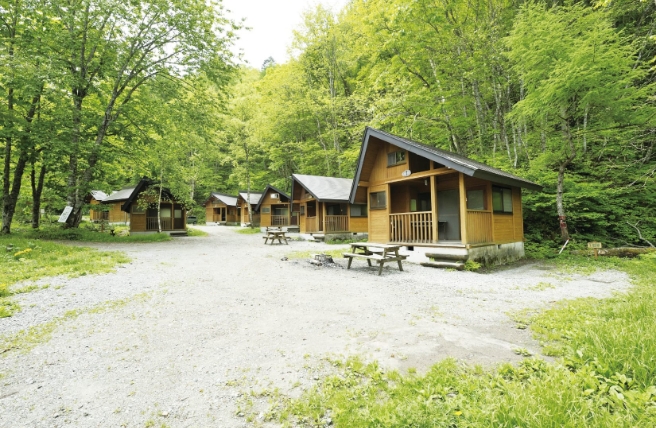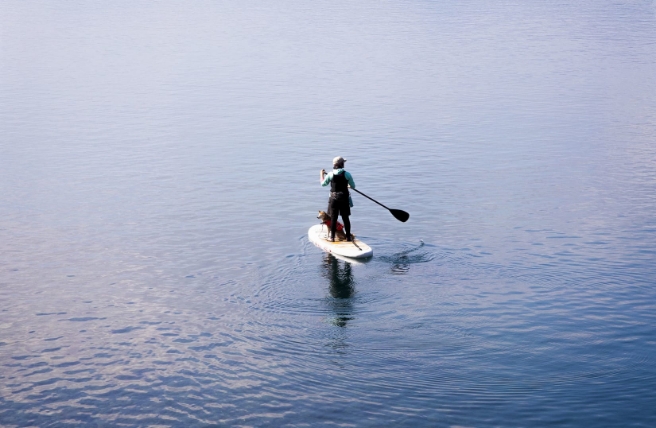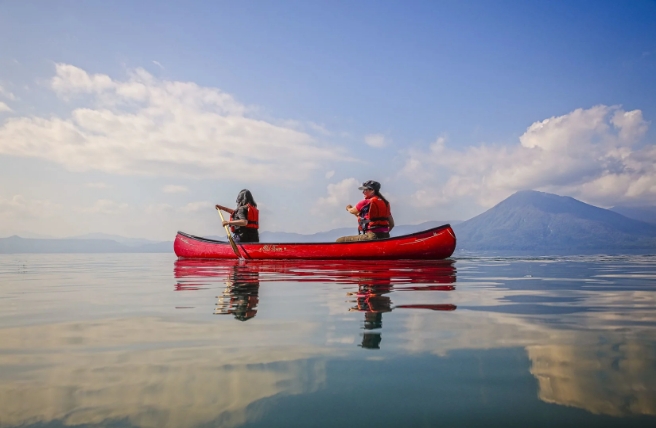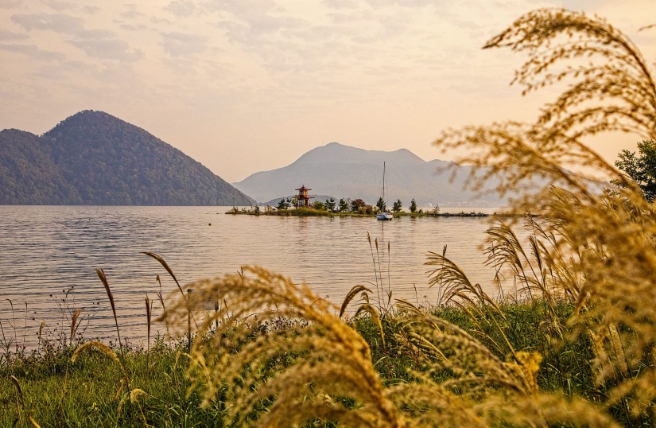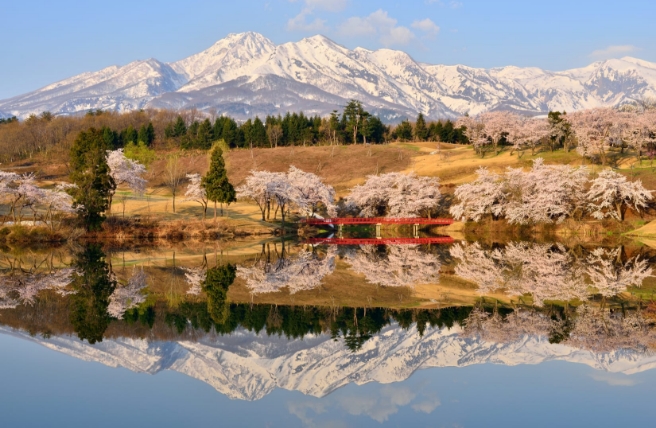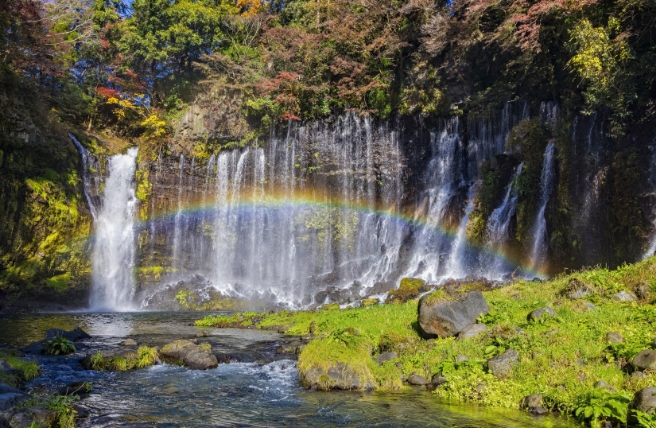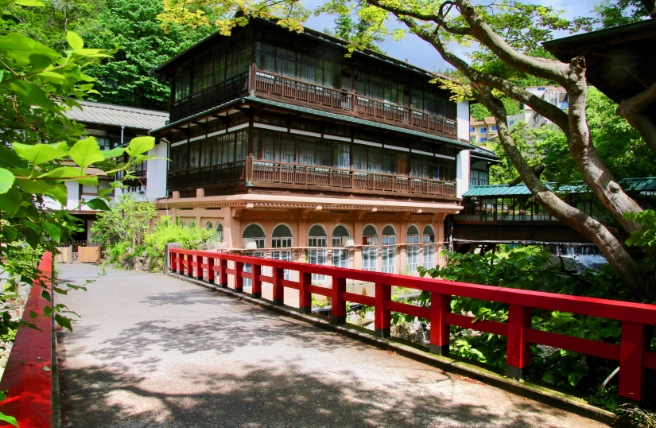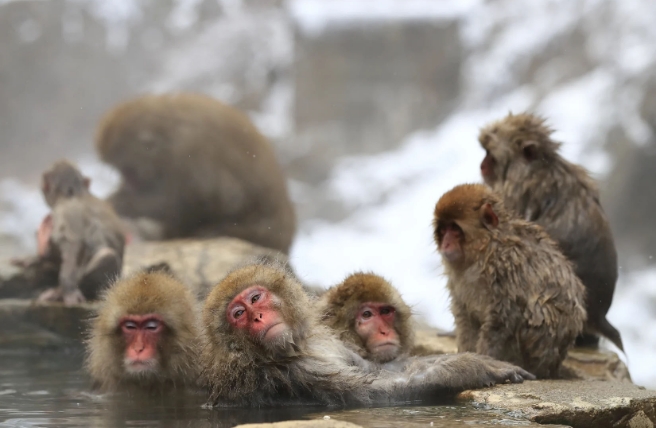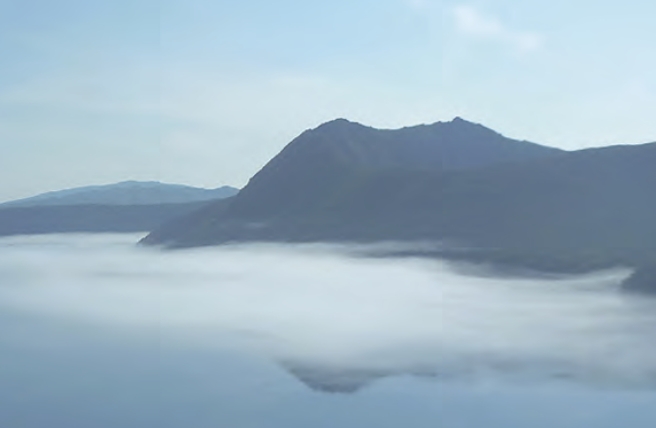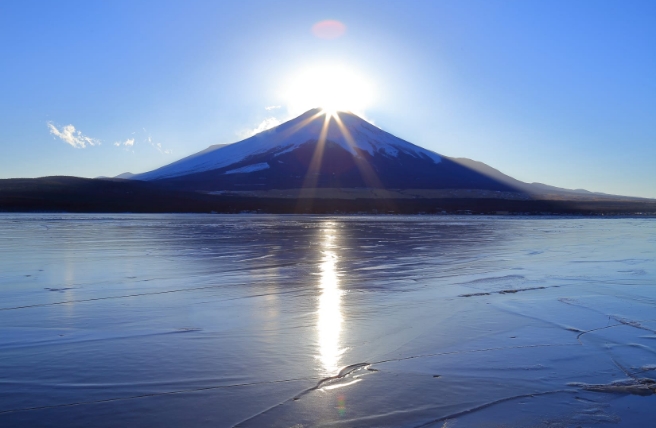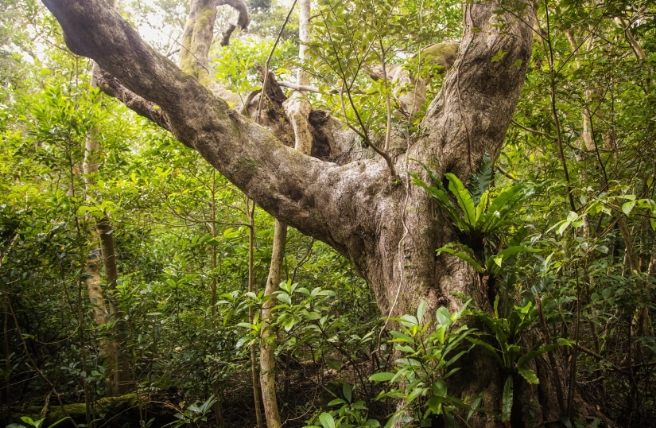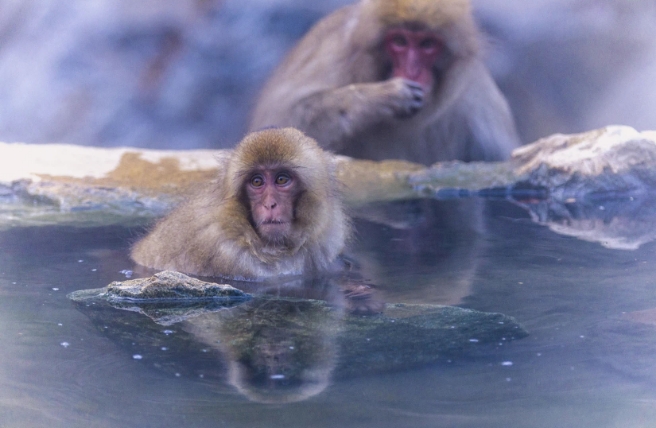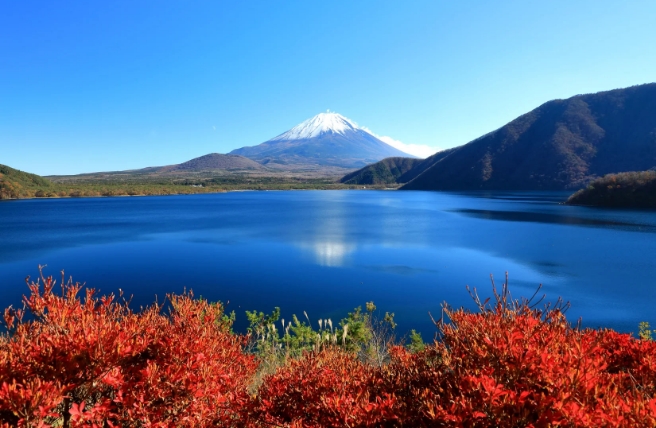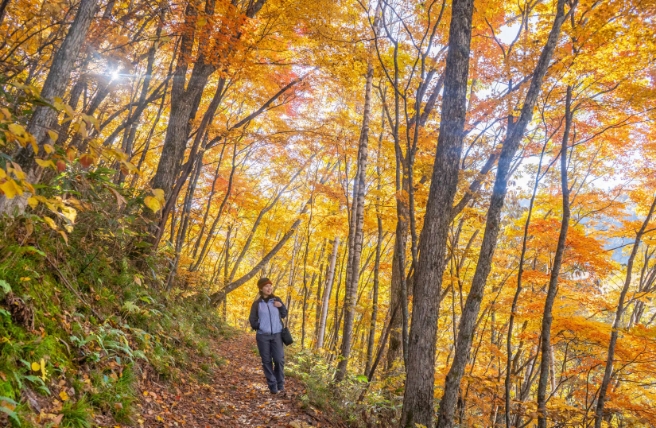Park ranger Sumire Takahashi is helping to preserve Shiretoko National Park’s diverse wildlife while meeting the needs of local communities and welcoming visitors
| Ranger | Sumire Takahashi |
| Park | Shiretoko National Park |
| Recommended Spot | Shiretoko Five Lakes (Shiretoko Goko) |
* This article was written based on an interview conducted with the park ranger in February, 2020.
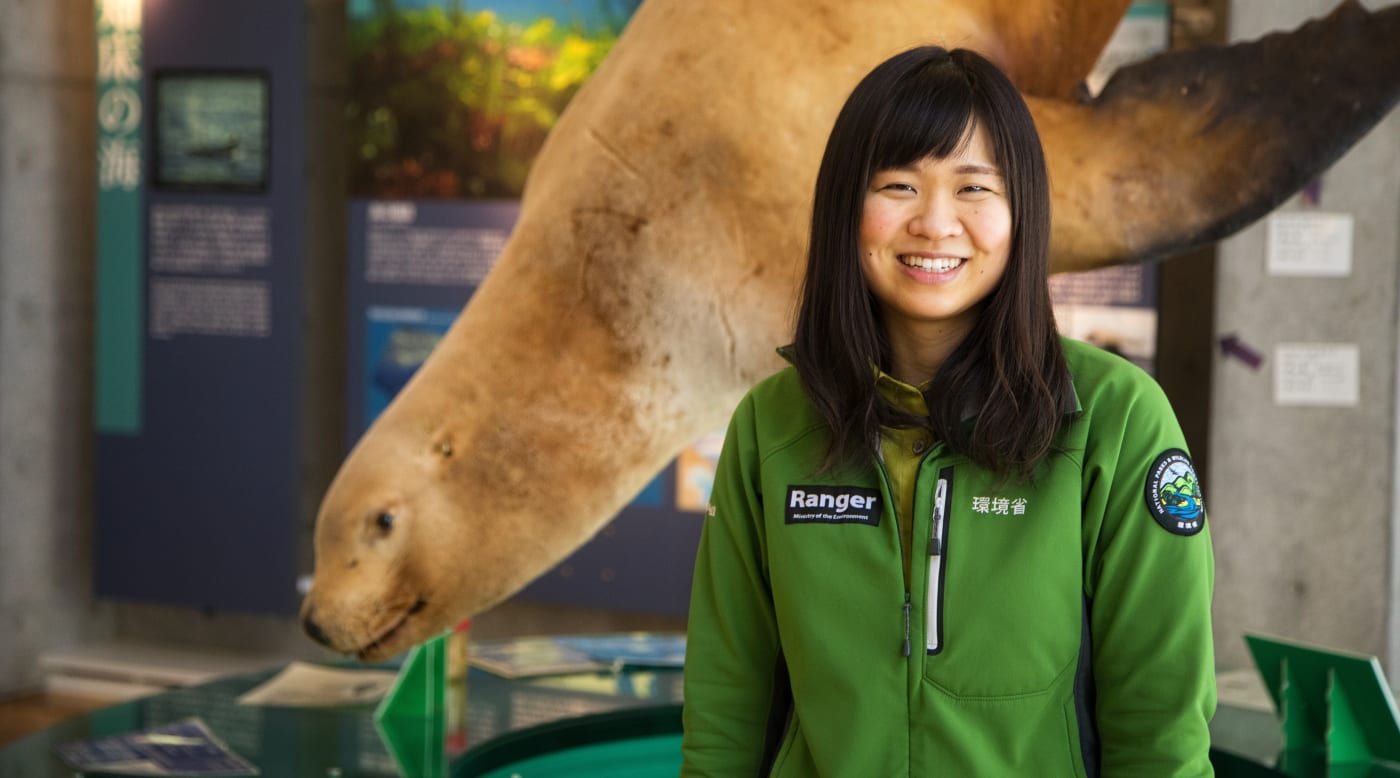
Sumire Takahashi is a fresh face in Shiretoko National Park. She started working at the Rausu Ranger Office in April 2019, but in her first year as a park ranger in Shiretoko, she has already accomplished a lot.
Shiretoko National Park covers the entire Shiretoko Peninsula, the easternmost tip of Hokkaido that extends into the Sea of Okhotsk towards Russia. The peninsula’s name is derived from an Ainu word meaning “the end of the earth.” Shiretoko was designated a UNESCO Natural World Heritage site for its pristine environment and diverse wildlife, and Takahashi is eager to share her knowledge about this fascinating ecosystem.
Takahashi’s Mission: Preserving Wildlife and Educating Tourists
Wildlife is one of the main attractions that draws tourists to this part of Japan. Brown bears, Blakiston’s fish owl, Japanese deer and salmon live in the park, and it is a migratory habitat for animals such as Steller’s sea eagles, sea lions, spotted seals and orcas. Some of these animals are listed as endangered or vulnerable species.
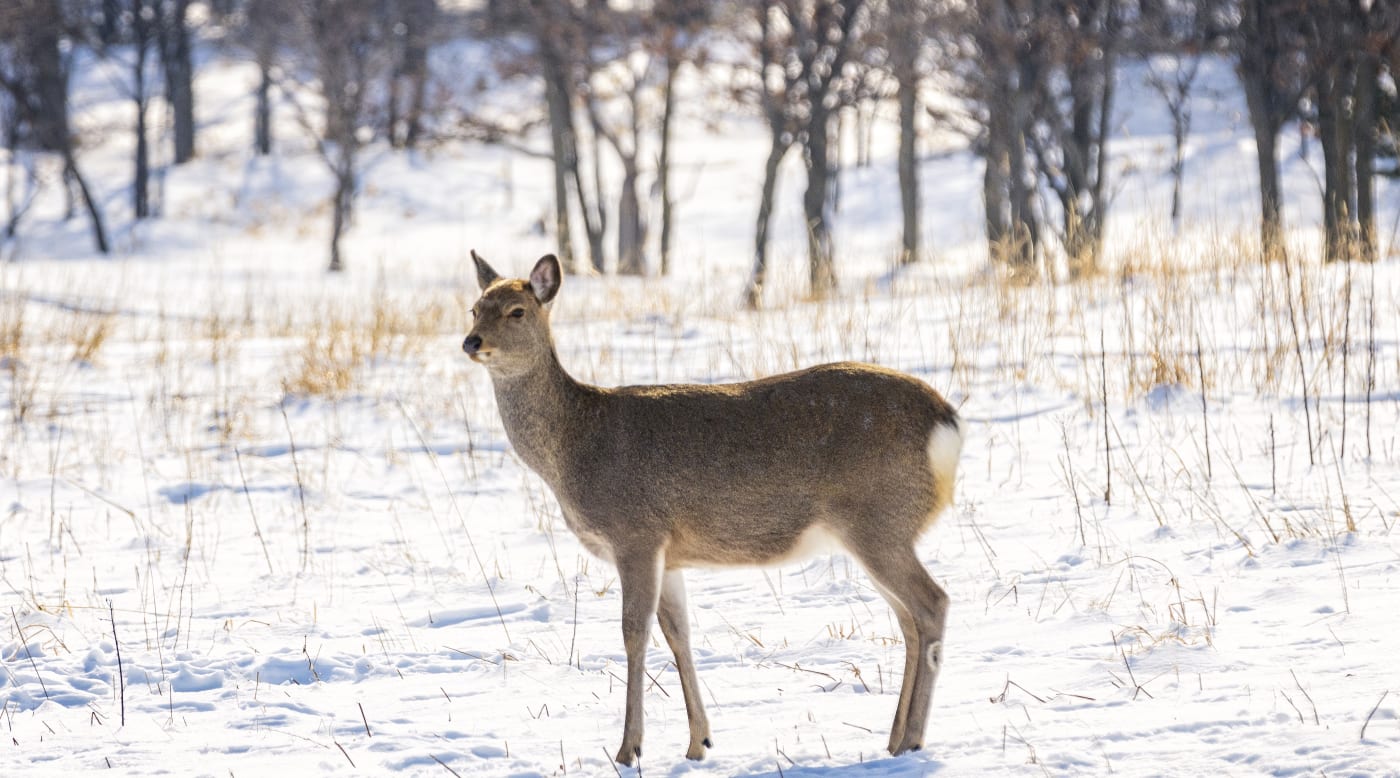
Takahashi studied human ecology: human social behaviors, the relationship of humans to the natural environment and the application of conservation policies. She now applies that knowledge to her work in Shiretoko National Park. Her mission is to maintain a balance between preserving the area’s rich ecosystems, supporting the needs of the local communities and providing sustainable ways for tourists to observe the fascinating animals of the region.
For the past year, Takahashi has been collaborating with local authorities to develop sustainable tourism, and with their cooperation, started using surveys to analyze tourism trends in the area. She is also working to educate visitors about the rules of the national park. So far it has been challenging, but over time she believes that the educational process will become easier as she gains trust from the community.
Adventure on Cape Shiretoko
Takahashi’s most memorable experience as a ranger in Shiretoko National Park was an expedition to Cape Shiretoko, an expansive plateau at the tip of the Shiretoko Peninsula. Her job was to monitor and inspect the region, which is not recommended for general tourists because of its remoteness, harsh environment, and lack of paths and facilities. The walk along the eastern edge of the peninsula was a three-day journey on an unmarked route over 25 kilometers of rocky coastline. She had to carry everything with her since there are no huts or campgrounds in this completely wild part of the park. Takahashi traveled with a group of six hikers, carrying a 15-kilogram pack that included a tent, supplies, and food and water for three days. She also brought a heavy container with a bear-proof seal to store food.

As the group was walking along the rocky shoreline, they came upon an adult brown bear. They did what their knowledge of these wild animals taught them to do: be still. It was an intense 30 minutes. "I was scared, but you have to realize that this is their habitat," Takahashi says. "It’s their territory, so you have to try not to invade their space." All that she and her companions could do was wait. "Generally speaking, bears don't attack humans. But if they're hungry, injured, or have cubs, they might. If that's the case, we use pepper spray to scare them away." Eventually, the bear wandered off, and they continued on their way.
Cape Shiretoko is stunningly beautiful, and it was well worth the arduous trip for Takahashi; it’s part of her job to go there and survey the land. If you are considering this kind of adventure and think you are ready for the challenge of exploring the cape, you must first stop by the Shiretoko World Heritage Rusa Field House, about 15 kilometers north of Rausu. There you can get the most up-to-date information on hiking conditions, and you must read and understand the rules of conduct for travel on Cape Shiretoko. These include possessing a high degree of awareness concerning nature conservation, minimizing the impact on the environment and abiding by the local rules of the Shiretoko area
Destinations for First-Time Visitors

If it’s your first time in Shiretoko, Takahashi recommends visiting the western side of the peninsula and basing yourself around the town of Utoro, especially in summer. Shiretoko Five Lakes (Shiretoko Goko) is also an excellent destination for those new to the park. From there, you can see the Shiretoko mountain range that extends along the peninsula to the cape. You can also take a boat cruise along the coastline and observe waterfalls cascading into the ocean. Shiretoko National Park has plenty of easy walking trails and thermal springs that you can dip into, so you can enjoy nature and relax on the same trip.

If you have more time, energy and experience, Takahashi recommends visiting the eastern side of the peninsula for its rugged beauty and wildlife, using the town of Rausu as a base.
Shiretoko in Winter
Takahashi says it's surprising how much there is to do in Shiretoko, even in winter—a season she embraces. Don’t let snow and cold weather keep you from enjoying the park’s winter activities, such as bird-watching cruises, scuba diving underneath the drift ice and spotting seals and sea lions. During her free time, you can find Takahashi snowshoeing in the forest or mountains, and taking in the sights, sounds and smells of this land at "the end of the earth."
